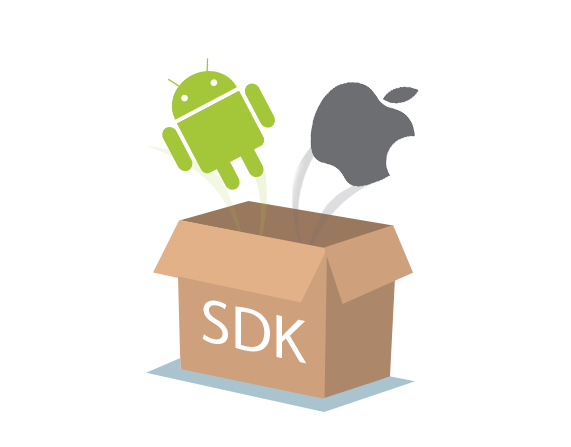
Introduction:
In the fast-paced world of technology, creating software development kits (SDKs) and clear documentation is essential for businesses to succeed. These tools serve as a bridge between developers and your product, enabling seamless integration and enhancing user experience. To make an impact on your marketing efforts, it’s crucial to create SDKs and documentation that tell their own story – one that resonates with both developers and potential customers. In this blog post, we will explore how you can craft compelling SDKs and documentation that effectively communicate the value of your product without any artificial intelligence bias or characteristics.
- Understand Your Audience:
To create impactful SDKs and documentation, first identify your target audience – developers who will be integrating with your product. Gather insights about their needs, preferences, skill levels, pain points they may encounter during integration processes. - Clear Structure & Organization:
Organize information in a logical manner by providing intuitive navigation throughout the documentation. Use headings, subheadings, bullet points to break down complex topics into easily digestible sections. - Provide Contextual Examples & Use Cases:
Developers appreciate practical examples showcasing real-world scenarios where they can see how to use different features of your SDK effectively. Include code snippets demonstrating key functionalities along with explanatory comments. - Consistent Branding & Tone:
Ensure consistency in branding across all communication materials including SDKs and documentation by using appropriate logos/colors/fonts as per company guidelines while maintaining a professional tone throughout. - Visual Aids & Diagrams:
Visual aids like flowcharts or diagrams help simplify complex concepts making them easier to understand at a glance for both technical experts as well as non-technical stakeholders involved in purchasing decisions. - API Reference Documentation:
An API reference section should provide comprehensive details about individual functions/method calls within the SDK along with parameters accepted/returned values ensuring clarity regarding inputs/outputs expected from each method.
- Regular Updates & Maintenance:
SDKs and documentation should be regularly updated to reflect any changes, improvements, or bug fixes in your product. Make sure the latest version is easily accessible and clearly labeled. - Developer Support Channels:
Include contact information for developer support channels such as email, forums, or chatbots to assist developers facing challenges while integrating with your SDK. Timely responses can help build confidence in your product. - Community Engagement:
Encourage a thriving community of developers by providing forums or dedicated online communities where they can interact, share experiences, ask questions, and learn from each other’s insights regarding your SDK usage. - Testimonials & Success Stories:
Highlight success stories of previous customers who have integrated successfully using your SDK along with their positive feedback/testimonials. This helps instill trust and confidence among potential users considering adoption.
Conclusion:
Creating compelling SDKs and documentation is essential to effectively market your product to both developers and potential customers. By understanding the needs of developers, organizing information logically, providing contextual examples, maintaining consistent branding/tone while ensuring regular updates/support channels; you can create impactful materials that tell a clear story about the value of your product without any artificial intelligence bias or characteristics. Remember that effective communication plays a vital role in driving adoption and building long-term relationships with both technical experts as well as decision-makers involved in purchasing decisions within businesses